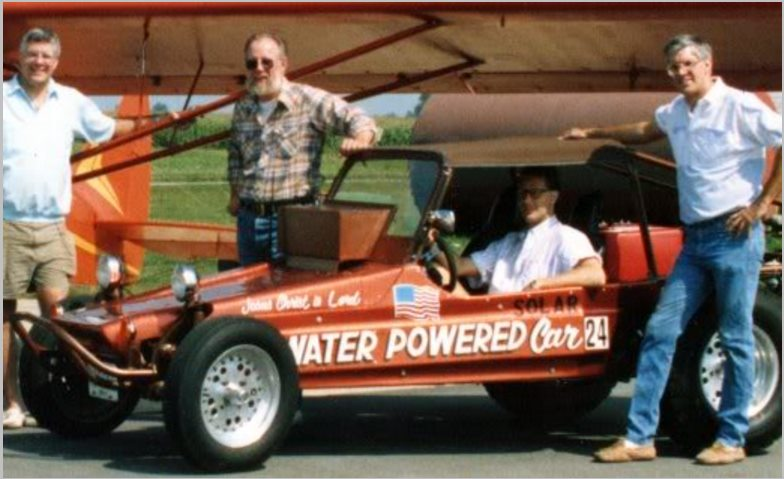The Path to Water Fuel Cells
Stanley Meyer's journey towards developing water fuel cell technology was driven by his desire to find an alternative to the world's dependence on fossil fuels. During the 1970s, as fuel shortages and environmental concerns gained global attention, Meyer became increasingly motivated to discover a new, sustainable energy source. He believed that water, a resource abundant and accessible around the world, held the potential to be the key to energy independence.
Meyer’s path was unconventional. Unlike many researchers who approached the problem with a focus on traditional chemistry or high-energy processes, Meyer drew on his understanding of electronics and resonance to find a more efficient solution. He theorized that water molecules could be split into hydrogen and oxygen using a process that required far less energy than conventional electrolysis. This idea, if true, could revolutionize how energy was produced and consumed.
The turning point in Meyer’s research came when he began experimenting with high-frequency electrical pulses instead of the constant electrical current typically used in electrolysis. He discovered that by using carefully tuned electrical pulses, he could resonate with the natural frequency of water molecules, causing them to break apart more easily. This method became the foundation of his invention, which he called the “water fuel cell.” Meyer’s process used voltage rather than brute-force current, making it theoretically much more energy-efficient.
Meyer’s initial experiments were promising, leading him to believe that he could scale up his technology for practical use in vehicles and power generation. He built several prototypes, including a dune buggy that he claimed could run on water alone. This invention garnered significant attention from the media, investors, and even government agencies, who were intrigued by the potential of a fuel-independent vehicle.
Throughout his journey, Meyer faced numerous obstacles. He struggled to secure sufficient funding to advance his research, and many in the scientific community doubted the validity of his claims. However, Meyer remained undeterred. He believed that the key to success was in the meticulous tuning of electrical circuits and the precise application of voltage to induce resonance within the water molecules. His work inspired a dedicated following of supporters who saw the potential for a world free from the constraints of oil and gas.
Despite the skepticism and challenges, Stanley Meyer’s path to developing water fuel technology was marked by creativity, resilience, and an unyielding belief in the power of human ingenuity. His journey laid the groundwork for future explorations into alternative energy, and his ideas continue to spark curiosity and inspire those who dream of a cleaner, more sustainable world.

